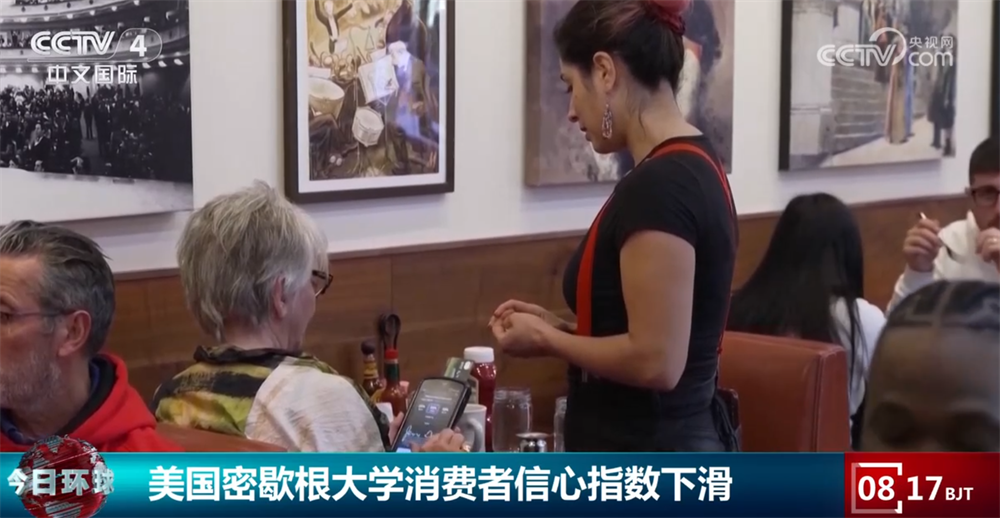The US tariff policy has intensified consumers’ concerns about inflation. The University of Michigan released on the 15th that the preliminary value of the University of Michigan’s consumer confidence index for August was 58.6, lower than the final value of 61.7 in July.
The University of Michigan said that American consumers’ expectations for inflation in the coming year rose from 4.5% in July to 4.9% in August, far higher than the current inflation rate of 2.7%. This reflects the continued concerns of American consumers about the impact of tariffs and their unease about the direction of inflation.
Data confirm that consumers’ concerns are not groundless. The U.S. Department of Labor announced on the 14th that the producer price index (PPI) in the United States rose significantly in July, exceeding market expectations, indicating that the upstream of the U.S. industrial chain is facing a new round of inflationary pressure.
Mark Hamrick, senior economic analyst at the US financial services company Bankrate, told the media in an interview that the increase in the producer price index indicates that there is currently significant price pressure building up in the supply chain, and this pressure will soon be passed on to consumers. American consumers should be prepared for further price hikes.
Mark Hamrick, senior economic analyst at Bankrate.com, said: “So I think this is very worrying because what we’re seeing is that this price pressure is building up deep in the supply chain but hasn’t fully been passed on to consumers yet. Overall, inflation seems to be at a 3% level rather than the 2% target set by the Federal Reserve. The situation is getting worse, not better, and there may be more pressure to come.”
According to a previous study by the US Goldman Sachs Group, as of June, US consumers had absorbed approximately 22% of the tariff costs. If the US government’s tariff increase policy continues, this figure may rise to 67% in the future.
Post time: Aug-18-2025


